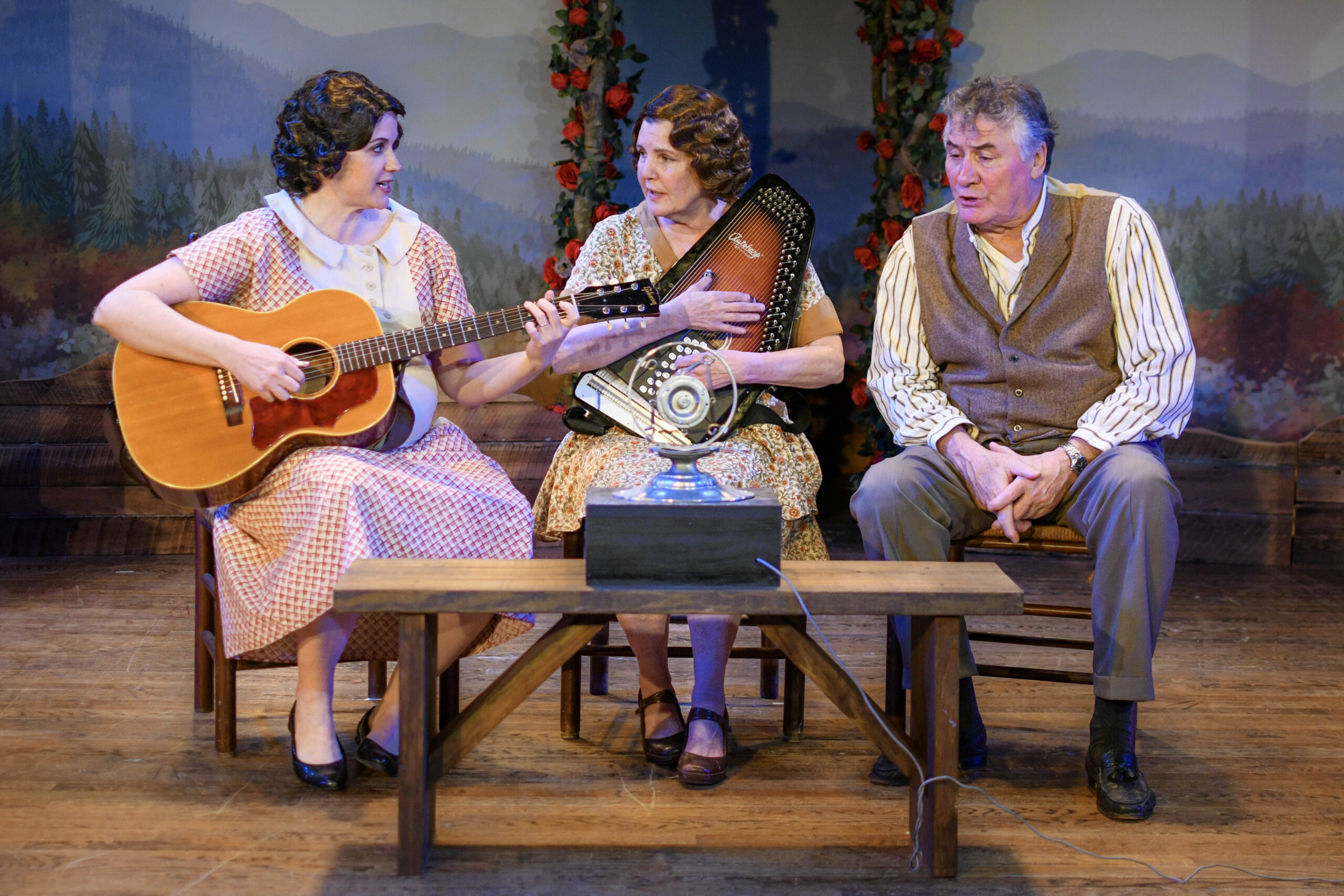While fun and festive, holiday decorations can pose numerous safety risks to small children. Louie Delaware, the Home Safety Guru®, points out ten things you can do to deck your own halls safely.
For many families, some of the most beloved holiday traditions involve decorations: trees festooned with garlands and ornaments, stockings hung by fireplaces, Hanukkah menorahs or Kwanzaa kinara candleholders placed on tables, lights hung inside and out, and much more. However, if you have young children, holiday decorations aren’t simply festive symbols of the season; they’re also potential safety concerns. From candles to power cords to small ornaments to wrapping paper, there are a hundred and one hazards that little eyes—and hands and mouths—will be drawn to.
Most concerning of all is the fact that in-home accidents often happen to the children of very responsible parents. In many cases, Mom and Dad have thoroughly childproofed their home—they simply don’t realize the dangers that extra seasonal décor can pose until after an accident has occurred.
But don’t resign yourself to un-decked halls just yet. According to home safety expert Louie Delaware, you don’t have to be a décor Scrooge to keep your children safe—you should simply keep some commonsense guidelines in mind when readying your home for the holidays.
“Young children are naturally fascinated by all of the exciting new items in their homes during the holiday season,” says Delaware, author of The Home Safety Guru’s®Definitive Guide on How to Childproof Your Home: Making Your Home Safe and Secure for Little Ones (Blue Indigo Publishing, 2013, $9.99, www.howtochildproofyourhome.
Here, Delaware identifies ten things that should be on your holiday childproofing to-do list:
1. Give your tree roots… If you’ll be putting up a tree—real or artificial—make sure that it’s stable. “Children have been known to push, pull, and even climb trees,” Delaware points out. “Consider tethering yours to a wall or to the ceiling, or put it in an off-limits room, to help prevent it from falling over.”
2. …and trim it sensibly. The sparkling lights and shiny ornaments on trees are fascinating to us adults—so just imagine how tempting they’ll be to little hands, in which they can be choking hazards or in danger of breaking! “I recommend limiting the number of light strands and ornaments that you use, and putting them only on the upper branches of the tree,” says Delaware. “Especially if you have a toddler, I recommend decorating the tree a little higher than you think your child can reach. It’s also a good idea to use only flame-resistant, non-breakable ornaments, just in case. And definitely avoid using real food, like popcorn or dried apples, in garlands, as your child may attempt to eat them.”
3. Pay special attention to electrical cords… Many at-home holiday displays wouldn’t be possible without electricity. But if you have small children, easily accessible cords should be a thing of the past. “Electrical cords present a risk of strangulation and can also be chewed through, so ensure that they are out of sight and out of reach,” Delaware instructs. “Don’t forget about lights that allow another strand to be plugged into the first, or extension cords with multiple unprotected outlets.”
4. …as well as outlets. Depending on your home’s configuration, you may not be able to keep your children away from all wall outlets. “In case your child does manage to pull a plug out of its outlet, make certain that there is a safety measure to keep him or her from inserting an object or a finger into the now-exposed outlet,” Delaware instructs. “I recommend installing tamper-resistant outlets or, even better, sliding safety cover plates, which automatically cover the outlet when a plug is pulled out. In fact, keep these safety-first cover plates on your outlets all year round.”
5. Make sure fireplaces & wood-burning stoves are off-limits. Nothing fosters a sense of holiday cheer like a warm fire burning beneath the mantle—as long as that fire is seen and not touched! “If your house has a fireplace or wood-burning stove of any type, keep children away from it,” Delaware instructs. “The surfaces around the fire can be in excess of 450° F, making them a serious burn hazard. If you are using a fireplace or stove when your child is about, put up an articulating barrier—in other words, one that is jointed and can be configured so that it juts away from the fireplace. Make sure that it is securely mounted into walls and is placed at least 20 inches away from any hot surface to help prevent burns. And keep in mind that a fireplace screen is not recommended as they can easily be moved.”
6. Give tabletops a clean sweep. My child can’t reach the tops of tables, so anything I put there will be safe, you may think. Not so fast. If you’re using a tablecloth or runner, anything on the tabletop might be fair game. “Children can easily grab tablecloths that hang over the edge of tables and pull the contents onto themselves or the floor,” shares Delaware. “This is especially hazardous if you’re decorating with lit candles that can start a fire or small items your child can put into his or her mouth.”
7. Leave nature outside. Certain plants have been part of traditional holiday décor for centuries. But according to Delaware, natural elements are best left outdoors if you have small children. “Specifically, the berries of mistletoe and holly are poisonous,” he comments.
8. Don’t leave wrappings lying around. Yes, ripping the paper off of gifts is fun whether you’re three years old or ninety years old. But unlike adults, children may get into trouble in the aftermath. “Immediately dispose of wrapping and packaging items,” Delaware instructs. “Especially be on the lookout for small items that can be choking hazards, such as the twist ties that keep toys in place.”
9. Watch holiday favorites on a safe screen. Of course you’ll want to show your children favorite holiday films—and if you’re like many families, you may even be watching them on a brand-new television. (Thank you, Black Friday sales!) Just make sure your screen is anchored securely in place before hitting “play.” “Many parents don’t realize it, but televisions can easily be pulled over,” Delaware says. “In fact, televisions injure over 17,000 children annually, and unfortunately, every three weeks one of those accidents is fatal.” To help prevent this type of accident from happening in your home, Delaware suggests that you take one or more of the following precautions:
• Mount your television on a wall, well out of a child’s reach.
• Tether your television to a wall or entertainment center using solid straps. The straps should be securely affixed into wall studs or other mechanical wall fasteners. (Don’t use plastic drywall inserts, which can be easily pulled out of your wall!)
• Use a mounting bar to secure your television to the wall while on an entertainment center. Many mounting bar models still allow televisions to pivot side-to-side to allow viewing from multiple angles.
• If you have a large plasma or tube television that can’t be easily mounted, try tethering it with double-sided adhesive Velcro® strips that are designed for use in earthquake zones.
• Again, be sure that all cords and wires are out of reach! You can run them through a wall or hide them behind a wall-mounted cover.
10. Tour your home with a child’s-eye view. After setting out your decorations, walk (or crawl!) through your home, looking at new objects from a child’s height. And use your imagination when attempting to spot potential hazards. “Even if an accident seems extremely unlikely, it can still happen,” Delaware points out. “Especially be aware of small items that can pose choking hazards, like toys and candy.”
“If you have a young child who can crawl, toddle, or walk, it’s always best to be safe rather than sorry,” Delaware concludes. “You don’t have to avoid holiday decorations altogether, but in some instances, cutting back or altering them may be the smartest option. Remember, you want your family’s holiday memories to include joy and laughter, not an unfortunate incident that could have been prevented.”
# # #
About the Author:
Louie Delaware, The Home Safety Guru®, is the author of The Home Safety Guru’s®Definitive Guide on How to Childproof Your Home: Making Your Home Safe and Secure for Little Ones. He is a Licensed General Contractor, an Advanced Certified Professional Childproofer®, a Certified Aging In Place Specialist®, and a Certified Radon Mitigator, along with other safety certifications.
To learn more, please visit Louie online at www.thehomesafetyguru.com.
About the Book:
The Home Safety Guru’s® Definitive Guide on How to Childproof Your Home: Making Your Home Safe and Secure for Little Ones (Blue Indigo Publishing, 2013, $9.99,www.howtochildproofyourhome.







